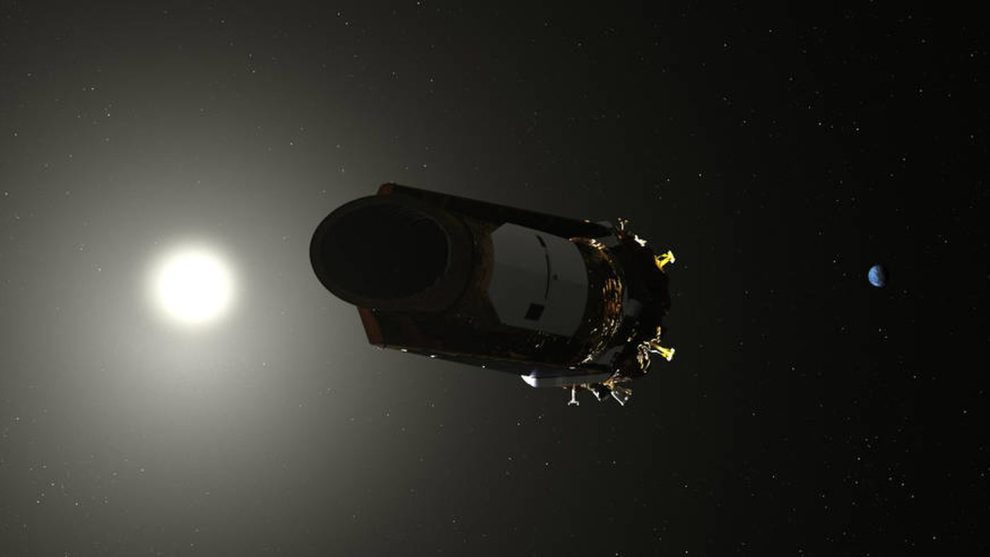The Kepler satellite stands as a testament to human curiosity and our unyielding quest to understand the vastness of the universe. Launched by NASA in 2009, Kepler has revolutionized our understanding of exoplanets and opened new frontiers in the field of astronomy. In this blog, we will delve into the remarkable journey of the Kepler satellite, its mission, and its groundbreaking discoveries.
- Mission and Objectives: The primary mission of the Kepler satellite was to search for exoplanets, which are planets orbiting stars outside our solar system. By monitoring the brightness of stars, Kepler aimed to detect tiny variations that indicate the presence of orbiting planets.
- Detection Method: Kepler used the transit method to detect exoplanets. It observed the slight decrease in brightness of a star when a planet passed in front of it, blocking a fraction of the star’s light.
- Exoplanet Discoveries: Over its mission lifetime, Kepler has discovered thousands of exoplanets, including rocky planets, gas giants, and even potentially habitable planets within their star’s habitable zone.
- Kepler’s Field of View: The satellite focused its observations on a specific region of the sky known as the Kepler field, which contained approximately 150,000 stars.
- Kepler-186f: Earth-like Exoplanet: One of Kepler’s notable discoveries was Kepler-186f, the first confirmed Earth-sized exoplanet within the habitable zone of its star. This finding sparked excitement and furthered our understanding of potentially habitable worlds.
- Stellar Variability and Astrophysics: In addition to exoplanet discoveries, Kepler provided valuable insights into stellar astrophysics. It observed stellar variability, studying phenomena such as stellar flares, pulsations, and eclipsing binaries.
- Kepler’s Extended Mission: Despite encountering technical challenges with its reaction wheels, which affected its ability to maintain a steady gaze, Kepler embarked on an extended mission known as K2. During this phase, it continued to make discoveries, including exoplanets and other astronomical phenomena.
- Data Analysis and Planet Confirmation: The vast amount of data collected by Kepler required advanced data analysis techniques and collaboration among scientists worldwide. Confirming the existence of exoplanets involved follow-up observations from ground-based telescopes and various validation methods.
- Follow-up Missions: Kepler’s success paved the way for subsequent missions dedicated to exoplanet exploration, such as NASA’s TESS (Transiting Exoplanet Survey Satellite) and the upcoming James Webb Space Telescope.
- Legacy and Impact: The Kepler mission has had a profound impact on our understanding of exoplanets, their diversity, and the prevalence of planetary systems in our galaxy. It has sparked further research and inspired future generations of scientists.
- Beyond Exoplanets: Other Discoveries: While exoplanets were Kepler’s main focus, it also made significant contributions to other fields, including studying supernovae, galaxies, and stellar populations.
- Exoplanet Atmospheres and Biosignatures: Kepler’s discoveries have set the stage for future missions aimed at characterizing exoplanet atmospheres and searching for biosignatures—indications of life—within these distant worlds.
- Engineering Challenges and Innovations: The design and operation of Kepler presented numerous engineering challenges, including precise pointing, thermal control, and data transmission. Overcoming these challenges required innovative solutions and continuous adaptation.
- Public Engagement and Citizen Science: The Kepler mission engaged the public through its Planet Hunters program, allowing citizen scientists to participate in the search for exoplanets by analyzing Kepler’s data and identifying potential planet candidates.
- End of Mission and Legacy: In October 2018, after nearly a decade of operation, Kepler retired from its active mission. Nevertheless, its data continues to be analyzed, and its legacy lives on through the wealth of discoveries and knowledge it has provided.
Conclusion: The Kepler satellite’s remarkable journey has revolutionized our understanding of exoplanets and expanded our horizons in the field of astronomy. Its discoveries have reshaped our perception of the universe and brought us closer to answering fundamental questions about the existence of other habitable worlds. Kepler’s legacy will continue to inspire future missions and fuel our ongoing quest to unlock the secrets of the cosmos.




















Add Comment